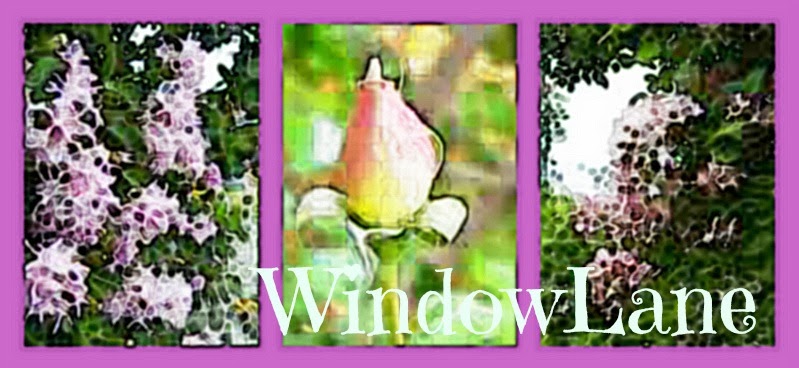Instructions for Magic Circle
1 Loosely wind yarn over fingers 2 times.
2 Push yarn through circle and make a loop.
3 Using the crochet hook, form loop and make 2 chain.
4 Make required number of double crochet into loose circle.
The number of double crochet can change according to your pattern.
5 There are 2 circles of yarn going through the double crochet. Test carefully to find the one that is directly attached to the tail of the yarn. Pull one side of this so that the other circle gets smaller. If you have the wrong side, stop and pull the other side of the same circle. When one circle is tightened, pull the tail of the yarn to tighten the second circle.
6 Slip stitch into 3rd starting chain.
Other articles you may like:
View more crochet on Instagram @tossyv


